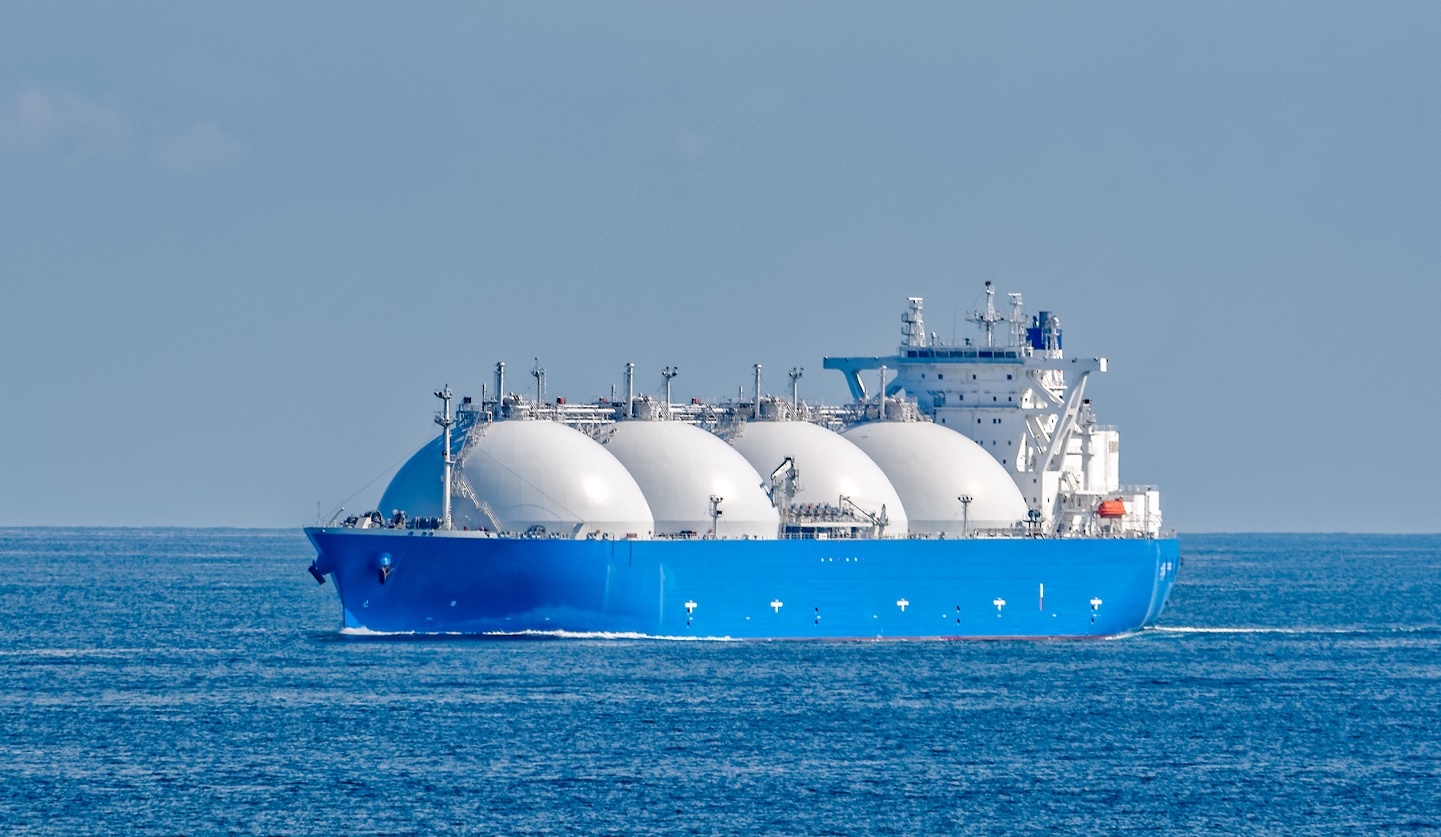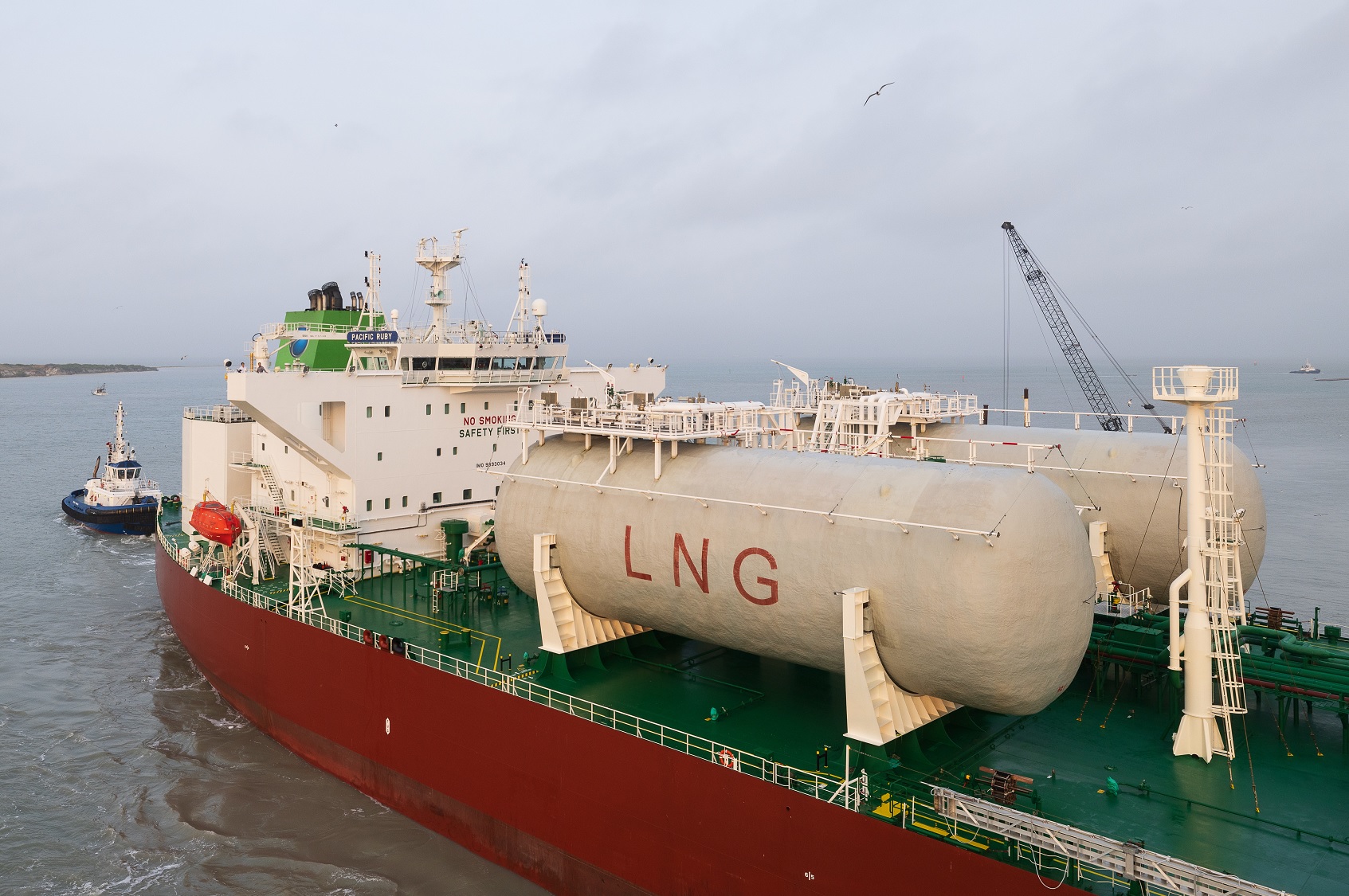Practical solutions and continuous progress required on climate
Source: As seen in our paid article in the Wall Street Journal
Date: Dec. 7, 2023
Global leaders from government, academia, business and civil society are gathering in Dubai for the UN’s annual climate change summit. High on the COP28 agenda is how to eliminate emissions from energy systems and economies while ensuring people around the world can reliably access affordable, sustainable energy.
 Liquefied natural gas (LNG) will play a critical role in ensuring energy security and advancing the transition to a lower-carbon future.
Liquefied natural gas (LNG) will play a critical role in ensuring energy security and advancing the transition to a lower-carbon future.
Pete Sheffield, chief sustainability officer and vice president of U.S. external affairs at Enbridge Inc., a North American energy delivery leader, says the focus needs to be on continuous improvement and implementing practical solutions to slash emissions and meet energy demand.
“At Enbridge, we know the value of using all the tools in the toolbox to meet these objectives,” says Sheffield. “We are investing in conventional energy infrastructure, renewable power and low-carbon technology. And we’ve seen—and believe in—the significant role natural gas can play to drive down global emissions as an alternative to coal and a complement to renewables.”
He adds: “The onus is on industry to continue making progress to decarbonize the natural gas value chain. That means reducing methane emissions, blending natural gas with even lower-carbon fuels and advancing carbon capture and storage.”
Sheffield says the message is clear as global leaders head to COP28. “We need practical solutions and demonstrable progress over perfection—and natural gas can play a tangible role in addressing both energy security and climate change priorities.”
How natural gas supports the energy system
For energy and climate policies to have meaningful impact, they need to prioritize the global transition away from coal, which accounted for over 40% of the overall growth in global CO2 emissions in 2021. It’s an acute situation given that the world’s consumption of coal has actually increased over the past two years, reaching all-time highs in 2022.
Natural gas—an abundant, ready-now fuel source that emits roughly 50% less CO2 than coal—can help reduce emissions from the global energy system in two key ways: by displacing coal in power generation and by providing support for renewables such as wind and solar, which are intermittent energy sources.
“In the United States, the switch from coal to natural gas has accounted for nearly two-thirds of all greenhouse gas emissions reductions in the past 15 years,” says Sheffield. “We can achieve similar progress on a global scale by delivering liquefied natural gas (LNG) to other countries. In 2022, the U.S. led the world in LNG exports and had more LNG export capacity than any other country.”
“Helping the world shift from coal to natural gas could achieve much-needed global emissions reductions sooner rather than later,” says Sheffield.
Innovating to reduce emissions associated with natural gas
“Yet industry must continue mitigating methane emissions and driving down the emissions intensity of the gas supply for natural gas to be a more powerful facilitator of the energy transition,” says Sheffield.
Enbridge is currently piloting technologies and equipment to avoid venting methane at compressor stations and segments of the gas pipeline during maintenance and construction.
“Natural gas is already playing an essential role as an alternative to coal and a backup for renewables. With the innovation and work underway to reduce its emissions, natural gas will continue to be part of the clean energy future.”
—Pete Sheffield, Chief Sustainability Officer and Vice President of U.S. External Affairs at Enbridge
“We were also the first natural gas utility in North America to blend hydrogen into natural gas, which lowers the carbon content of the gas,” says Sheffield. “And we’re blending with renewable natural gas (RNG), produced from capturing landfill gas and repurposing food waste. In fact, we recently expanded our investment in this area by acquiring seven landfill-to-RNG facilities in Texas for $1.2 billion.”
At the same time, Enbridge is investing in carbon capture and storage (CCS) sites across North America. This includes a CO2 transportation pipeline and sequestration hub near Corpus Christi, Texas, and a carbon hub near Edmonton, Alberta that will store CO2 from a natural gas power plant and cement manufacturing operation, with phased in-service dates expected in late 2026.
Facilities that liquefy natural gas are also getting cleaner. Enbridge is a partner in Woodfibre LNG, a new hydroelectric-powered LNG facility in British Columbia that is expected to be the cleanest LNG facility in the world, with 90% fewer emissions than global competitors.
Reducing emissions and ensuring energy security
Global energy demand is expected to increase 50% by 2050, according to the U.S. Energy Information Administration’s International Energy Outlook. That’s why the focus at COP28 and beyond needs to be on practical solutions that address both energy security and climate change.
“As a society, we urgently need to take action to provide more sources of cleaner energy,” says Sheffield.
“Natural gas is already playing an essential role as an alternative to coal and a backup for renewables. With the innovation and work underway to reduce its emissions, natural gas will continue to be part of the clean energy future.”

Paid advertisement. The Wall Street Journal news organization was not involved in the creation of this content.








